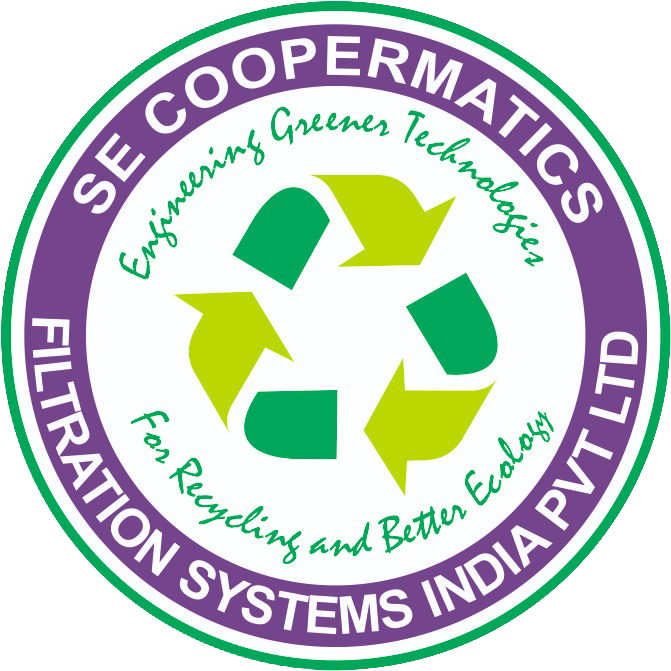VACUUM FILTER
The vacuum filter is a negative-pressured, gravity-assisted, filter media-based filtration system. It is a larger, evolved form of the basic, compact paper band filtration system.
For finer processes of material removal like grinding and rolling mills, a finer filtration level may be required. If the fluid is not filtered to the desired filtration level, finer particles can leave marks on the surface of machines or workpieces. Normal gravity filters do not have the capacity to filter to the desired filtration level and the media consumption is very high too. In such cases, a vacuum filter is an ideal solution. With the help of a vacuum filtration system and finer filter media, very fine filtration can be achieved effectively.
TYPES
Vacuum filters work on a pressure differential created by the suction of a pump. It is this pressure difference that enables better filtration.
The filtration system consists of a conveyorized dirty tank with an inlet chute. The bottom of the tank forms a vacuum chamber created by the suction pump. The filter media (depending on clarity requirement) is laid between the conveyor and the vacuum chamber. Dirty fluid is passed through the filter media to the vacuum chamber where clean liquid collects while the dirt particles remain on the media. The pump suction connected to the vacuum chamber sucks out the clean fluid. When the media chokes, vacuum increases and is sensed by a switch. A common drive placed at the exit end activates the conveyor and pushes out the dirty media. A clean filter media of fixed length takes its place and the cycle resumes.
The filtration capacity ranges from 100 to 5,000 LPM (26 to 1,320 GPM).
Pneumatic vacuum filters follow the same operating principle as hydraulic vacuum filters. The difference is that the vacuum is achieved by a vacuum pump inside a contained chamber. In pneumatic vacuum filters, the vacuum is achieved by a blower placed on top of the filter.
The feeder pump supplies the vacuum filter with contaminated fluid from the dirty tank. This fluid is pumped into a distributor, where it is evenly distributed across the pool on the filter bed. The bed consists of a flat wire belt that supports filter media. An exhauster produces a vacuum in the chamber beneath the filter bed, drawing fluid through the media and deposited debris (filter cake). When the accumulation of the cake on the filter media reaches a set limit, an electrical switch activates a motor that indexes the media and transfers the dried filter cake into a disposal container. At the same time, fresh filter media is drawn onto the filter bed.
The filtration capacity ranges from 100 to 10,000 LPM (26 to 2641 GPM).
ADVANTAGES
- Suitable for finer filtration.
- Paper consumption drops by 80%.
- Can be used with disposable and back-washable media.
- Fully automatic operation.
- Very low maintenance.
- Can be customized to suit customer requirements.
APPLICATIONS
- Internal & centerless grinding
- Honing
- Lapping
- Gear cutting
- Gear hobbing
- Milling
- Machining centers

